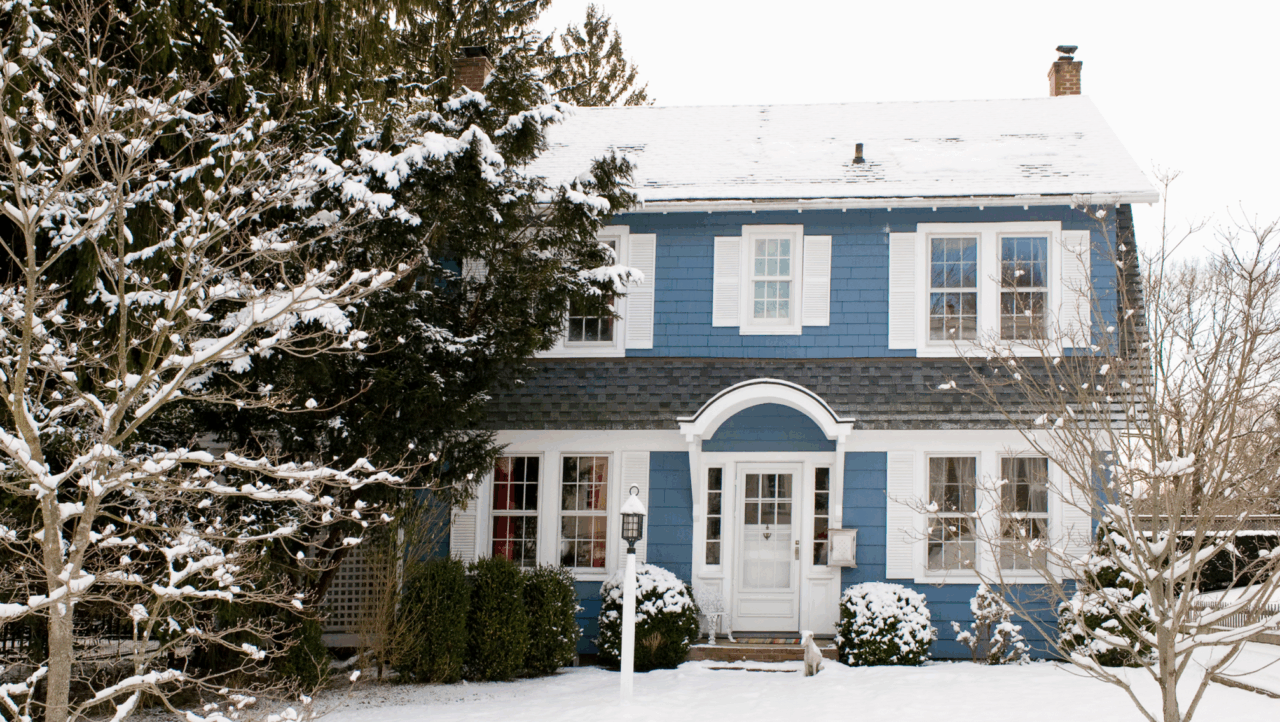Top 20 Places Where Starter Homes Are Still Affordable
Even as the typical home remains out of reach for many buyers in hundreds of cities, these locales have affordable options — some at a steep discount. Here’s what to look for.


Written by Susan Kelleher on October 30, 2025
Edited by Jessica Rapp
If you’re looking for a budget-friendly home, you’ve probably been advised at some point to look for a starter home. Starter homes typically have a smaller footprint with just one to two bedrooms and a single bathroom — and they can be significantly more affordable than your “average” home.
But in today’s housing market, with high home prices and elevated interest rates, even the starter home can feel out of reach. In fact, in 233 U.S. cities, the typical starter home is worth at least $1 million. That’s about five times the national value for the typical starter, which, at $195,388, is comfortably affordable for a median-income household in the U.S., according to a Zillow analysis.
Starter home value appreciation has outpaced other types of homes nationally, mostly because they’re so in demand. They generally require a lower down payment, cost less to heat and cool, and help buyers start building equity sooner.
So where, if anywhere, is it actually possible to get a home at truly “entry-level” prices that will comfortably fit your budget? And if you find one, how much less might they cost?

Zillow economists analyzed home values* in the nation’s top 50 metros to see which home types — from the mid-tier priced home to starter homes* to condos — are actually affordable for the people who live in those metros.
The analysis identified dozens of markets with homes worth far less than the threshold of what experts would consider affordable.
What’s more, these affordable home types exist in markets where the typical home is out of reach — in many cases, way beyond reach — of the typical buyer living there.
For example, in Charlotte, NC., a typical single family starter home is worth $254,302. That’s $95,391 less than what a median income household in Charlotte could spend before homebuying became unaffordable. And it’s a whopping $131,840 below the value of a typical home in that market. In the most extreme case, there’s as much as $200K in savings.
Condo value can be as much as 70% cheaper in some markets
Condos are far and away the most commonly affordable home type in virtually every metro. In some markets, they come at a steep discount compared to the typical affordable home, especially at the starter level. For context: On a national scale, condos in the middle price tier are generally about 6% cheaper than single-family homes.
In Houston, Texas, a starter condo is worth $87,664 — 71% less than the $303,558 a typical household there could spend to buy an affordable home. And in Hartford, Connecticut, the typical starter condo is valued at $164,167 – 52% below what is considered affordable. In Minneapolis, a starter condo is not only considered affordable, it’s 60% below the affordability threshold.
The same pattern holds even in expensive coastal markets. In Seattle, for instance, a starter condo is worth $327,390 — 31% below the affordability threshold, while in San Jose — one of the nation’s most expensive markets — a starter condo at $599,601 is 12% below the threshold.

So how do you find these affordable home types?
While these homes are still considered affordable, how many of them get listed for sale is the big question. The largest share of new listings usually hits the market in May or June in most markets. If current listing trends continue, buyers looking for a toe-hold in the market could find more affordable options opening up in the Spring.
If mortgage rates drop, as they did in early September 2025, homes could become more affordable across the board since interest rates play a big role in housing costs. To be prepared and stay competitive, try the following tips:
Get your credit score in shape
The higher your credit score, the more likely you are to qualify for a loan at a lower interest rate.
Get a real-time estimate of your home buying budget
Zillow’s BuyAbility tool takes the financial information you provide to give you a personalized estimate of what you can afford based on current mortgage interest rates. Once you determine your buying budget, BuyAbility allows you to search Zillow only for homes that fall into your affordable range.
Find homes in your budget with BuyAbility℠
Get pre-approved for a mortgage so you can move quickly to make an offer
This is especially important in places with heated competition among buyers.
Talk to an agent in your local market
Your agent can help you develop a buying strategy, and find suitable homes that meet your important wants and needs. Affordable homes are the most sought after, and you want someone who can help evaluate the best offerings for your situation.
Keep hidden fees in mind
These home types are the lowest values in the market, so they’ll inevitably include fixer-uppers and studio and one-bedroom condos. And while all homes require you to spend on maintenance, condos usually require fees paid to a homeowners association for maintenance and improvements. An experienced agent who is an expert in your local market will know where to find the deals, and help you sort through your options. It may be that continuing to save for a few years in order to spend more to get the home that best fits your needs for the long term is a better strategy for you.
Buyers should think beyond affordability
How you think about your home — whether it’s a place to start building equity, an investment that you want to rent out later, a place to grow long roots over decades or an opportunity to stabilize your housing costs — will determine how suitable any of the affordable options are for you.
You may be tempted to jump at a home based on price alone, but you want to be sure that whatever home you pick checks the boxes for the things that are important to you. It’s a good idea to get clear on what those things are, and keep a list with you while you shop for a home so you don’t leap at the wrong home and end up with buyer’s remorse.
A local agent can help you stay competitive on a budget.
They’ll help you get an edge without stretching your finances.
Talk with a local agent


